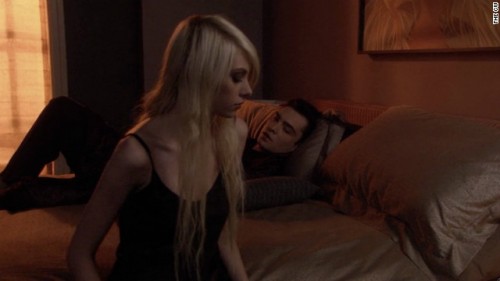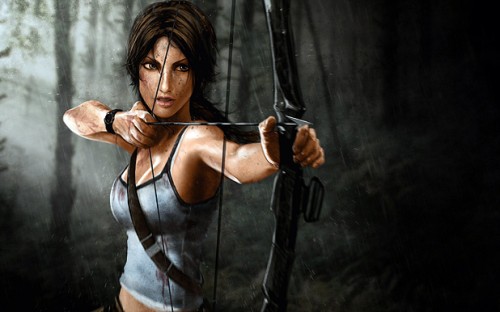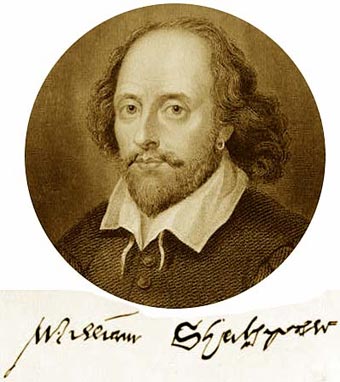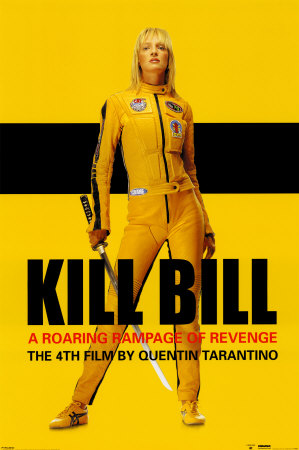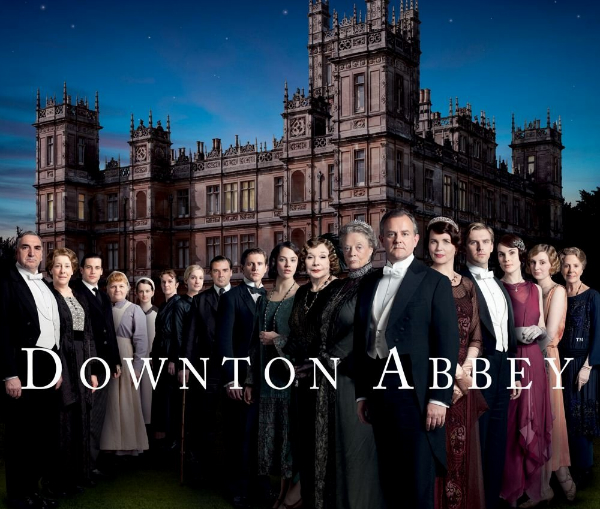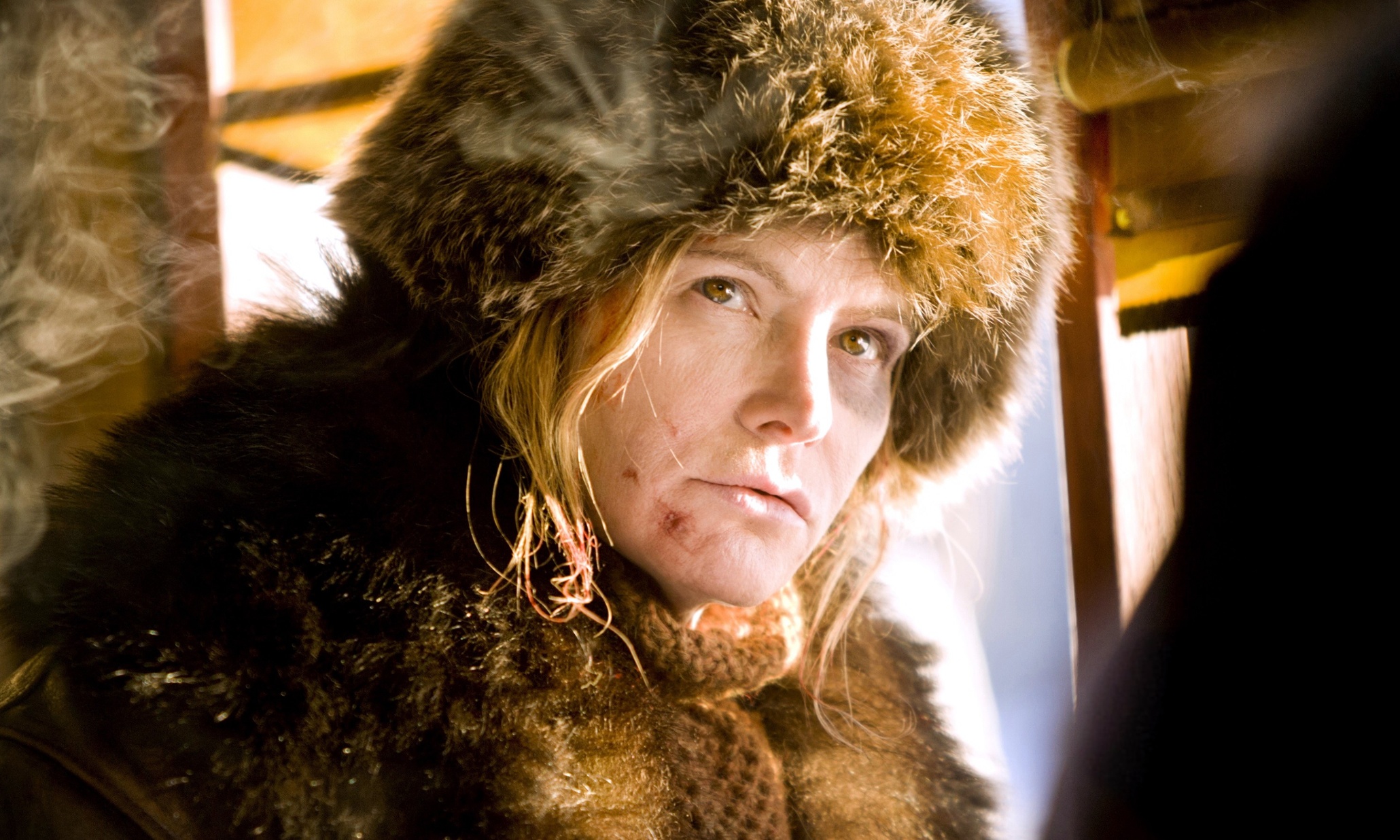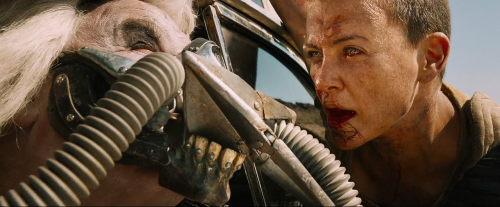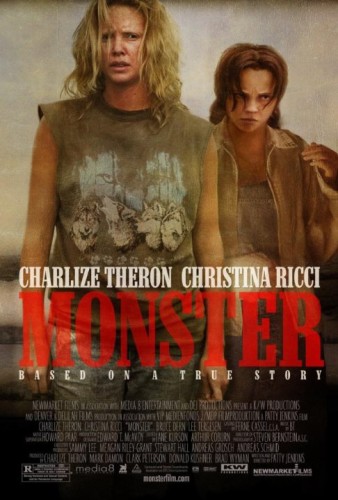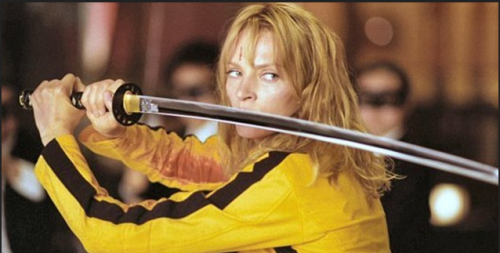Rape, Lies, and Gossip on ‘Gossip Girl’
Her banishment by Blair when she finds out what transpired between Jenny and her on-again, off-again lover is typical of the punish-the-woman mentality ‘Gossip Girl’ is so fond of. Instead of shaming her partner for taking advantage of a teenage girl, Blair blames Jenny for ruining her proposal. And when Jenny returns the following season to help Chuck take down Blair (keep up, people!), she should really be seeking revenge on her rapist, wouldn’t you say?
